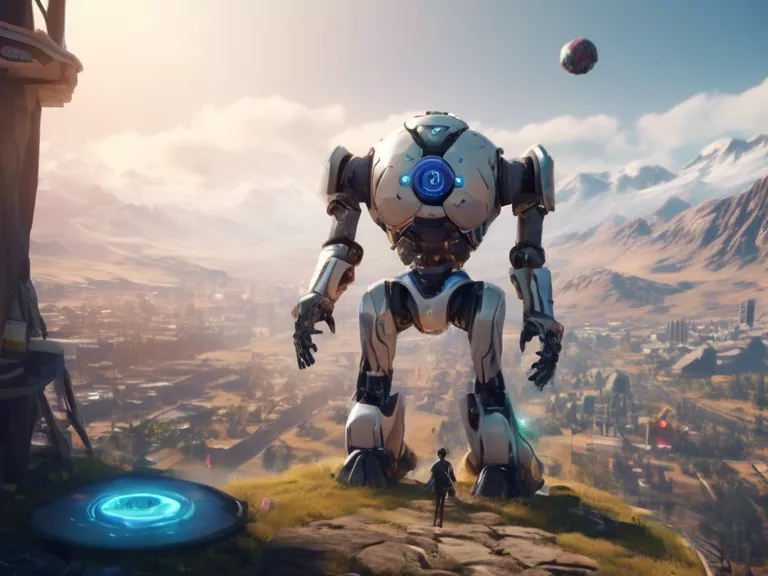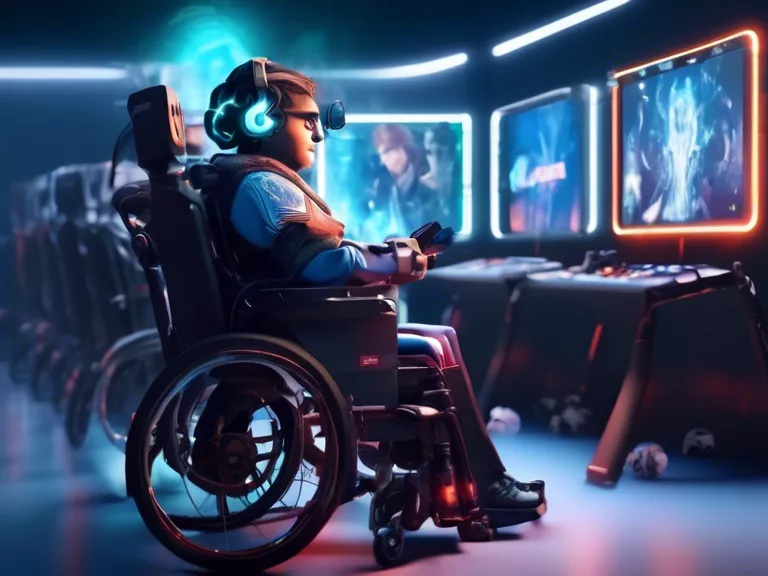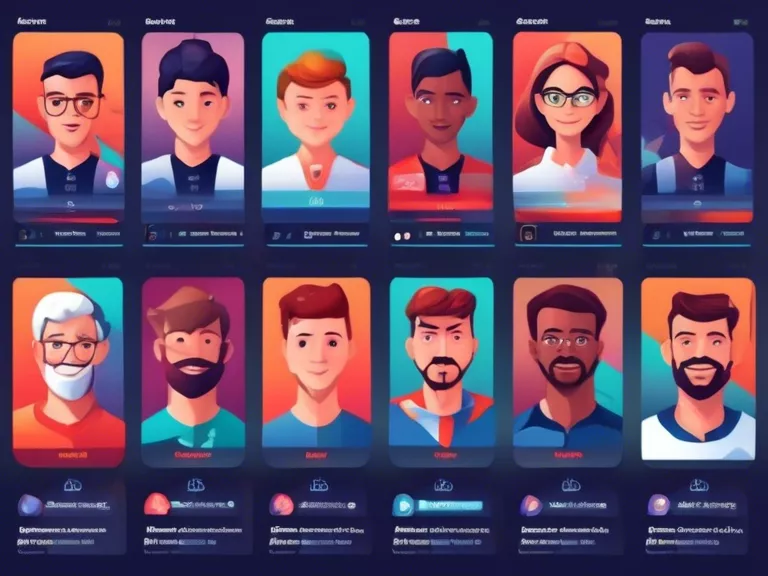
With advances in artificial intelligence (AI) technology, open-world game design is reaching new heights. From dynamic world-building to intelligent NPCs, AI is revolutionizing how players experience expansive virtual worlds. In this article, we will explore how AI is pushing the boundaries of open-world game design and creating immersive gaming experiences like never before.
One of the key ways AI is enhancing open-world games is through procedural generation. AI algorithms can now create vast, realistic worlds filled with diverse landscapes, structures, and wildlife. This allows game developers to craft intricate worlds that feel alive and constantly evolving. Players can explore these dynamic environments and uncover hidden gems at every turn, creating a sense of wonder and exploration.
In addition to world-building, AI is also being used to power intelligent NPCs that interact with players in more complex ways. Traditionally, NPCs in games followed scripted behaviors and limited dialogue options. With AI, NPCs can now adapt to player actions, learn from their choices, and even form unique relationships with them. This leads to more immersive storytelling and unpredictable gameplay experiences, as players never know how NPCs will react to their decisions.
Furthermore, AI is enabling developers to create more realistic and challenging enemies in open-world games. By utilizing machine learning algorithms, enemies can analyze player behavior, adapt their tactics, and provide a greater level of challenge. This creates intense and dynamic combat encounters that keep players on their toes and test their skills in innovative ways.
Overall, AI is reshaping the landscape of open-world game design by providing developers with powerful tools to create rich, immersive, and responsive game worlds. As AI technology continues to evolve, we can expect even more groundbreaking advancements that will redefine the possibilities of open-world gaming.



